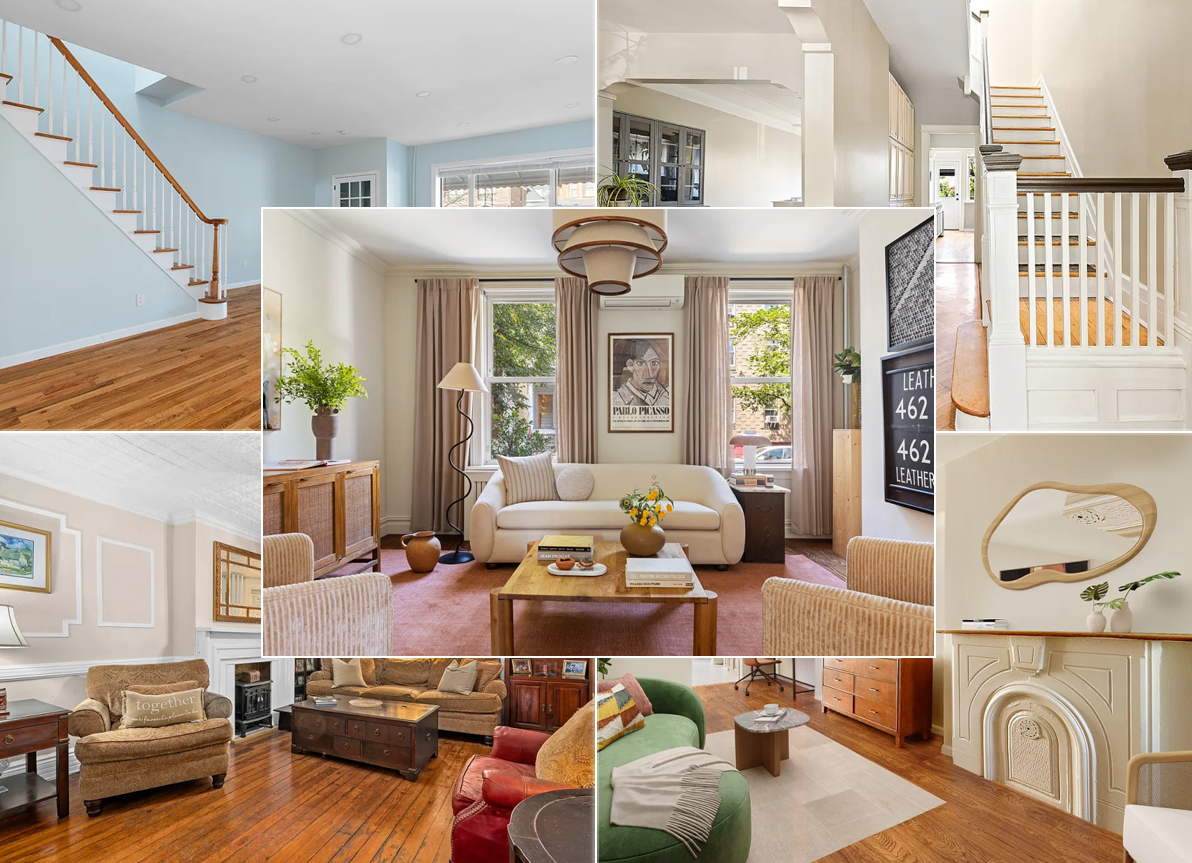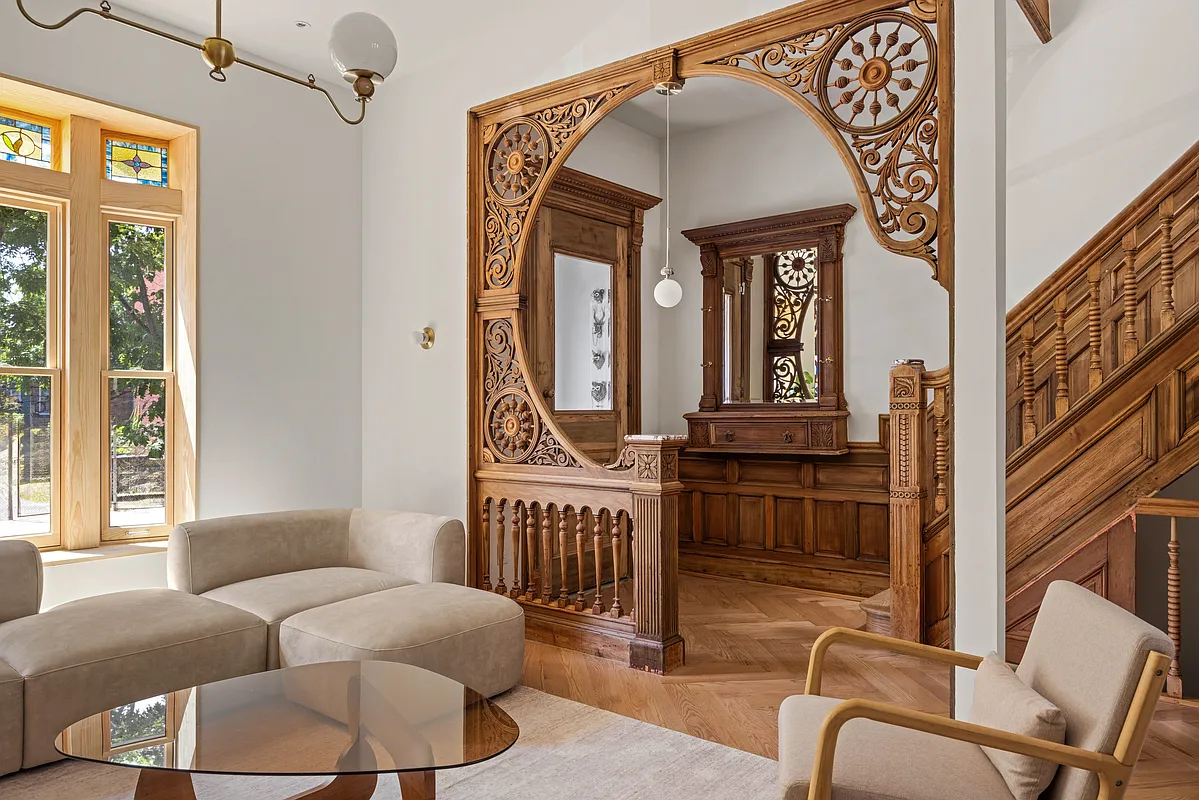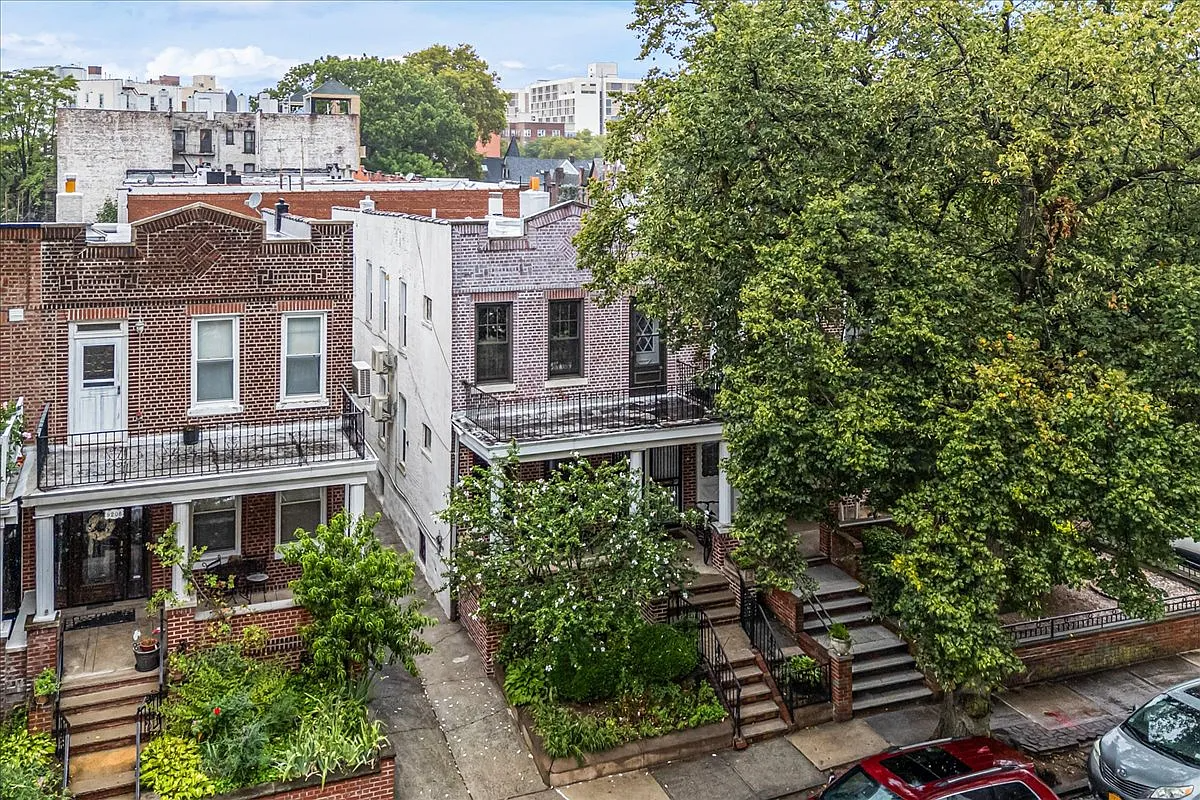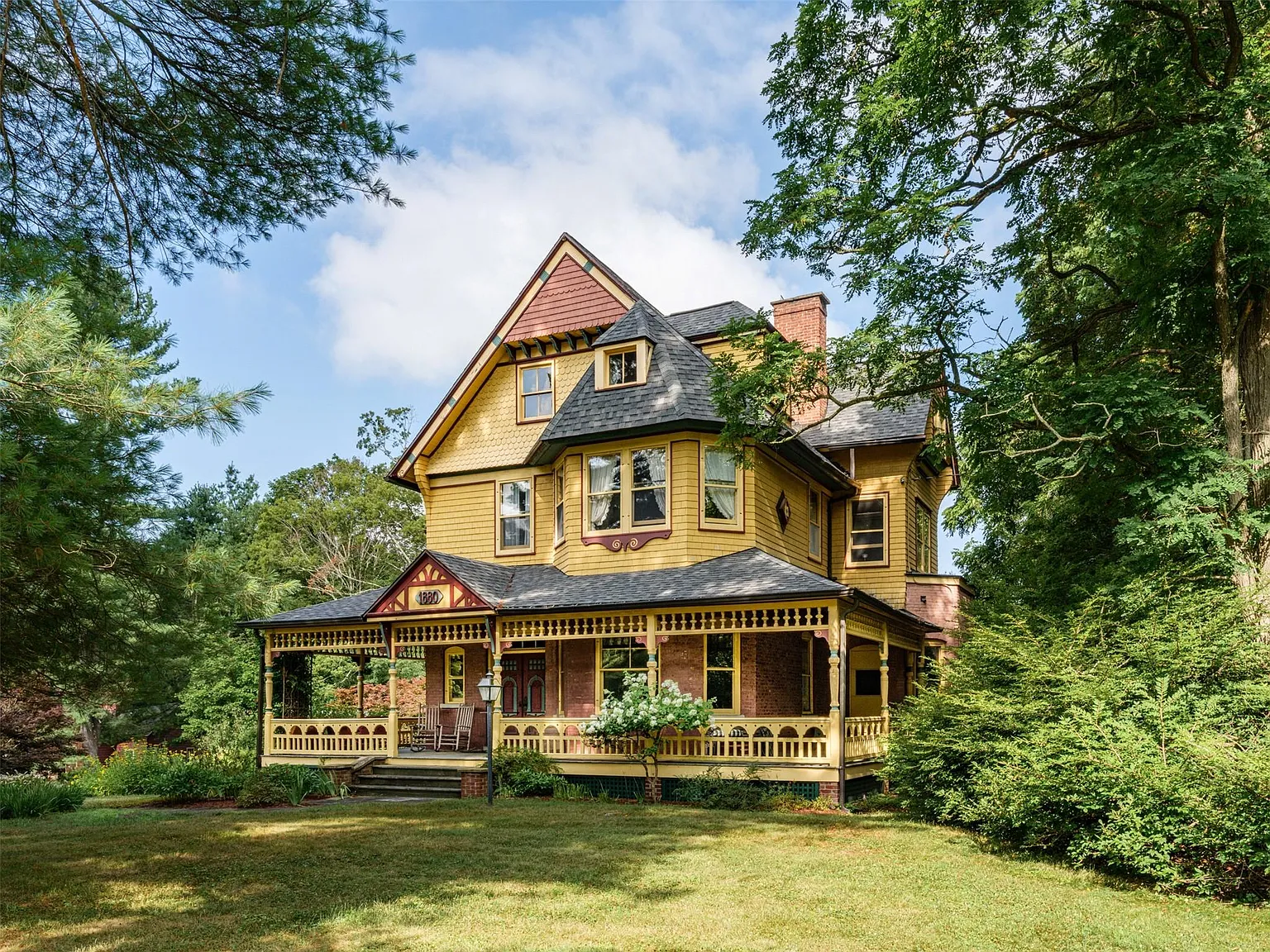Rent Stabilization: Golden Noose or Goose?
The cover story in this weekend’s real estate section of The Times takes a look at one of the most fascinating and contentious aspects of New York City real estate: Rent stabilization. On the one hand, the article profiles some people who say they wouldn’t have been able to afford to live in New York…


The cover story in this weekend’s real estate section of The Times takes a look at one of the most fascinating and contentious aspects of New York City real estate: Rent stabilization. On the one hand, the article profiles some people who say they wouldn’t have been able to afford to live in New York without rent stabilization and, on the other, it documents the frustrations landlords often encounter when trying to take buildings out of the stabilization program. We found this tidbit to be the most intriguing of the article: “[Steven R. Wagner], the lawyer, says big development companies usually figure the cost of buying out rent-stabilized tenants into the overall budget. But they are really just guessing. There is no telling how high a hurdle they will face—both legally and financially. He cited several cases in which the gap between the first offer made by developers and that accepted by tenants had been hundreds of thousands of dollars.” Any readers been on the tenant or landlord side of the aisle in a scenario where deregulation was being attempted?
The Lucky Break of Rent Stabilization [NY Times]
Photo by Listen Missy!





Rent Control and Rent Stabilization were never intended to be in place this long. Want one shocking statistic today? How about this one: only 1/3 of the housing units in NYC (all 5 boroughs) is FREE MARKET. That’s right – 66% of the cities’ housing stock falls under some form of rent control or rent stabilization. Don’t believe me? The following quote comes from the NYC Rent Guidelines Board’s 2010 Housing Supply Report:
“New York City in 2008 had a total of 3,328,395 housing units, the largest housing stock since the first HVS was conducted in 1965. New York City’s housing is dominated by the size of its rental housing stock and unlike most cities, the bulk of rental units are rent regulated. Of the 2,144,452 occupied and vacant rental units reported in the most recent HVS, more than a third (36.0%) were unregulated, or “free market.†The majority were either pre-war (pre-47) rent stabilized (33.5%) or post-war (post-46) rent stabilized (14.3%), and the rest were rent controlled (1.9%) or part of various other3 types of regulated apartment programs (14.4%).”
link: http://www.housingnyc.com/downloads/research/pdf_reports/10HSR.pdf
It is pure supply and demand – if rent control and rent stabilization was eliminated today the average cost of living in NYC would decline DRAMATICALLY.
The whole idea that RS provides a larger number of affordable housing units city wide is a crock. In most neighborhoods outside of the super ‘expensive’ ones – mostley in Manhattan, the RS rent is more or less aligned with the Market rate (thats because market rents have not outpaced the increases available in the RS program). And in the super expensive neighborhoods, the ‘cheap’ RS apartments are sort of kept in a shadow economy where who you know is the most important factor – resulting in the majority of the “affordable” apartments going to people who dont necessarily need the “affordable” part (but sure they love it)
The MAIN “benefit” of RS is simply to keep people from being forced from their rental home based on sudden spikes in area rents. (like lets say you lived in Bushwick and all of a sudden a wave of Gentrification comes in). This is a laudible benefit (one I support) but the system is so messed up and there is such a better way to get the same benefit it is ridiculous. All you need is vacancy decontrol and no right of succession on a lease except for dependents and spouses.
With those two adjustments – the system will maintain (and expand its TRUE protection) and eliminate the windfalls and corruption that riddles the current system.
Minard – rent control destroyed the South Bronx and many Brooklyn neighborhoods in the 1970’s, and had a lot to do with the near-bankruptcy of NYC.
If you owned a building that had no net income, you couldn’t replace the 50-year-old roof, boiler and windows, right?
I’m no expert, but I don’t think what babs wrote is correct. A rent stabilized tenant is not allowed to have a primary residence elsewhere, including property they own, but I do not believe it is illegal for a rent stabilized tenant to own property, in the city or otherwise.
Rent control is part of the long-established social fabric of NYC. Accept it.
What Rob said about Boston is true. Advocates of abolishing rent control (which Massachusetts did state wide in 1995) claimed that it would create more affordable housing. It did exactly the opposite.
That said, there needs to be some kind of overhaul of the entire program, and especially of the long-grandfathered rent-controlled tenants. Our neighbor is in a rent-controlled apartment. I’m not complaining that she’s working the system–she’s lived in that building for at least 40 years, and has seen it and our neighborhood through some pretty rough times. She’s probably the best neighbor I’ve ever had, so I would be loath to lose her.
On the other hand, I know that she’s not happy about the condition of her apartment, and I have to agree with her. Her unit is habitable, but only in a way that a person with nowhere else to go could accept. Her landlord, the building sponsor, has no incentive to touch this unit because I’m sure that whatever nominal rent she’s paying doesn’t even cover the common charges the sponsor pays.
In a situation like this, there should be a bit more balance: her rent should cover the sponsor’s carrying costs, plus an additional 10 to 20 percent per month (which should be invested back into the apartment’s continued maintenance.) The sponsor wouldn’t make a lot of money, but he would at least break even, and the shareholders in the building could be assured that the sponsor’s units are at least being adequately maintained.
Everyone agree that more affordable housing is needed. What I don’t understand is how rent regulation gets pulled into the argument. Unless a developer takes an immense amount of tax breaks, apartments must have been built before 1974 to be rent stabilized. Its is easy to blame rent regulation for lack of housing production. It is also incorrect.
Additionally, New York City’s overheated market makes it impossible to tenants to make a fair bargain. Rent Stabilization cannot exist unless the vacancy rate for apartments is under 5%. The vacancy rate is currently under 3%. With such a low vacancy rate, tenants can not simply move to a better apartment if the landlord doesn’t make repairs. There are no other apartments.
ishtar, the person you refer to is breaking the law. A rent stabilized tenant is not allowed to own or lease other property within NYC (a vacation house elsewhere is another story). If it can be proven that he does indeed own these proprties (if he’s smart they are under an LLC, making it more difficult, though not impossible, to prove) his lease can be revoked.
And $4K to get rid of a difficult tenant is cheaper and faster than dragging him through landlord/tenant court to get him evicted.
Five provisions I would commence immediately:
1) You cannot pass down your apartment to your relative. You don’t own it so you have no right to pass down what you don’t own.
2) If you own real estate (like a house in the Hamptons) you are immediately decontrolled. If you can afford a second residence, you do not need to be subsidized by everyone else.
3) 100% vacancy decontrol.
4) Apartments are currently decontrolled if you make $175,000/year for two years and your rent is over $2,000. Get rid of the $2,000. If you make 175K you pay market rent.
5) You can evict RC/RS tenants if you want to demolish your property and redevelop it. Come up with some formula that makes it a real nice deal for the tenants.
If you implement these five provisions in 20 years there will be virtually no rent stabilization and no rent control.